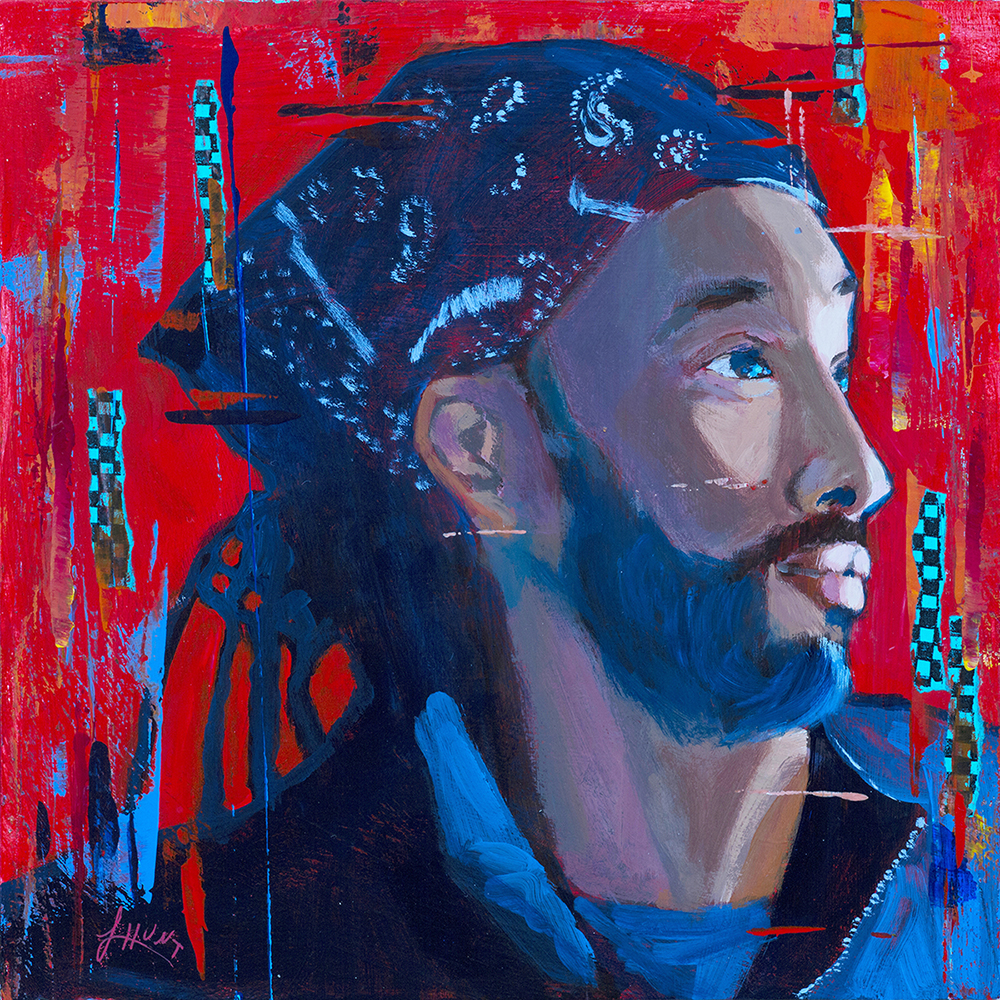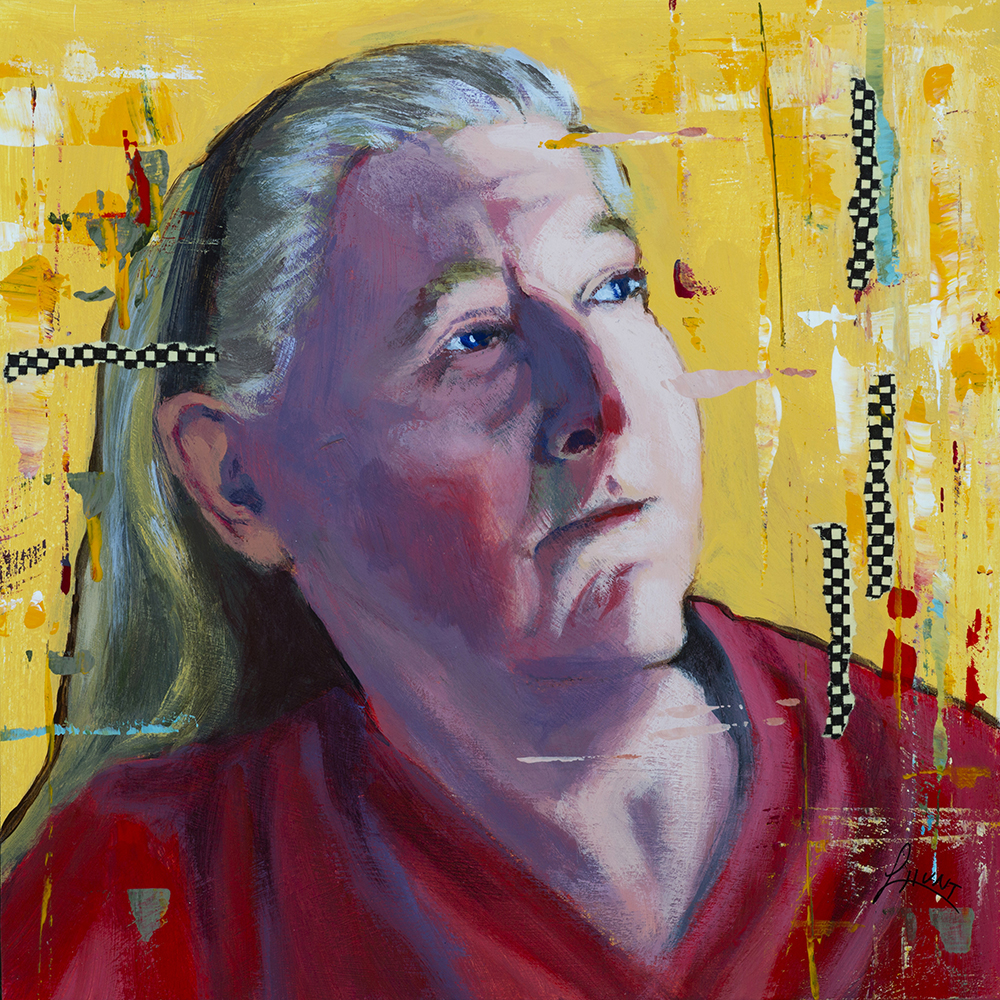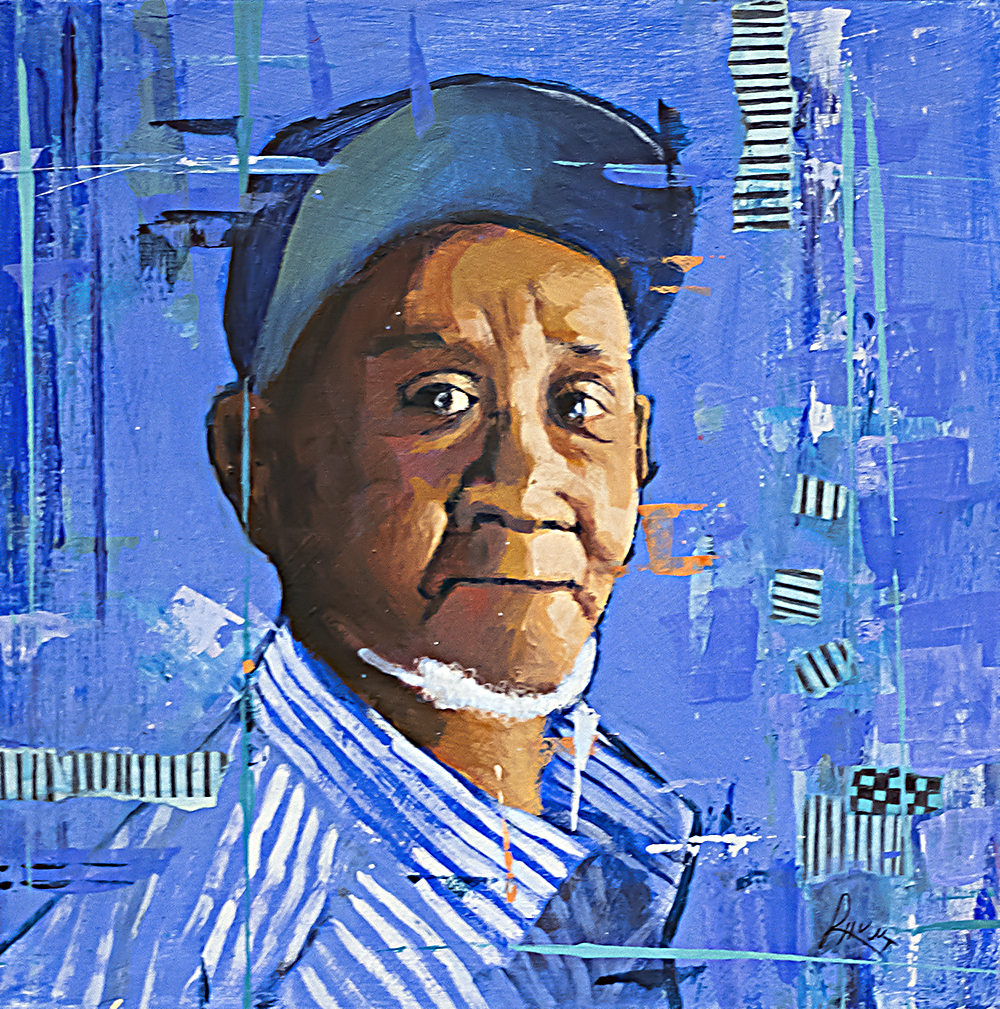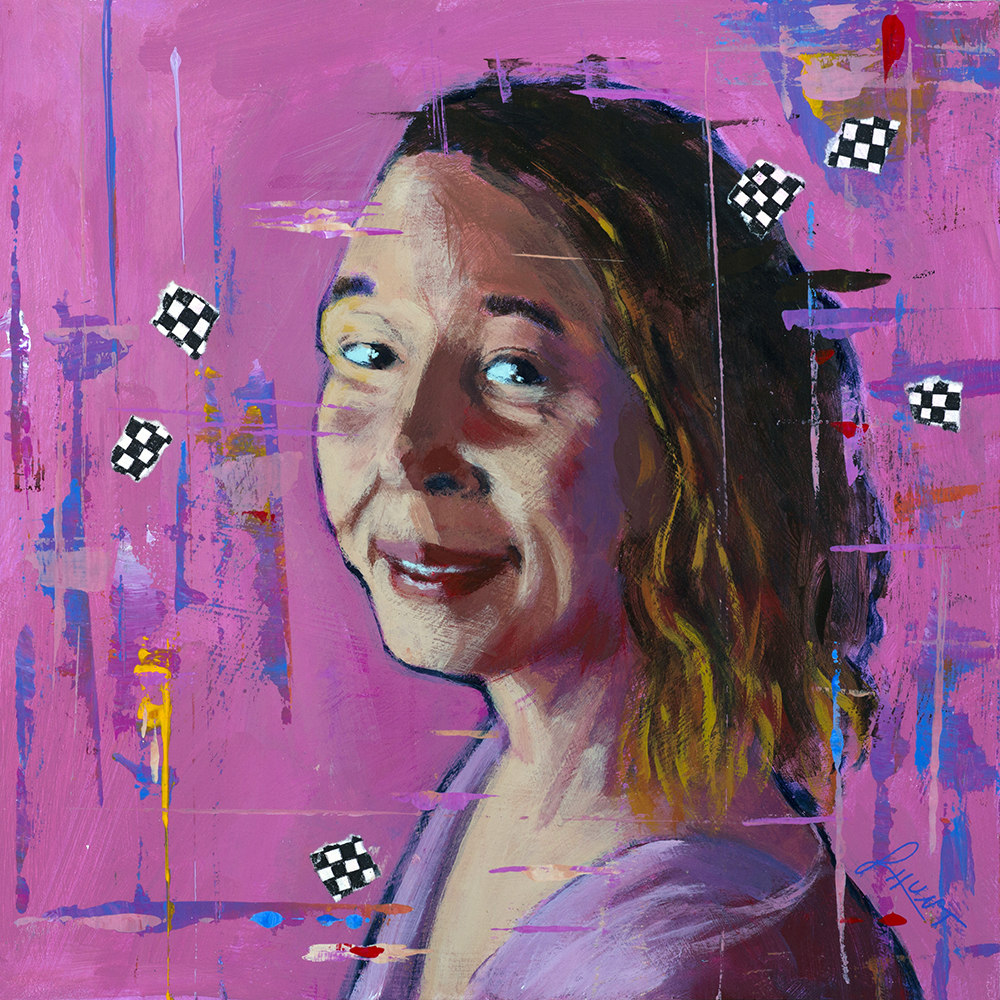Laura Hunt: Our Community, Our Neighbors
- Exhibition dates: Feb. 17-May 3, 2022
- Reception: Feb. 17, 5-7 p.m., Bernice Coulter Templeton Art Studio
Artist Statement and Bio
My artist, the human figure, has chosen me. Having gone through stages of interest in several genres, I always find myself returning to portraits and figures. I'm drawn to the emotion expressed by the gesture of a hand or the tilt of a head. I'm fascinated by the divine spark, the infinite variety of the human face, and the tiny differences that make each of us our unique selves.
Themes of human relationships and emotion, social issues and empathy bind the work together. Although my work has a naturalistic foundation, I am uninterested in creating academically perfect figurative work. I prefer a more expressive approach that is less about visual accuracy and more about the human experience.
It is often the play of light and shadow across the face or the body that first draws me in. I draw from life in a tiny sketchbook I keep handy to record interesting postures. Theaters and gatherings provide venues for filling it with drawings of people — from the back. I rummage through family photos to unearth grainy images of unidentified relatives and quirky strangers from yore. I'm not above sneaking a snap of someone in a compelling gesture and adding it to my photo library. Friends pose for photo sessions to further fill my bank of references. And sometimes pure imagination stimulates the creative process. All are at play in my search for certain archetypical human qualities to express in a work of art.
I begin by digitally editing my photographic image, emphasizing contrast and simplifying shapes. The result becomes my reference. I work with acrylic paint on my favorite surface, cradled wood panels. I like their crisp corners. and how they feel like containers holding something mysterious and beautiful. After applying gesso to the panel, I cover it with orange, turquoise, metallic copper or whatever feels right. That layer influences the overall presence of the painting, peeking through gaps to energize the work. Patterned paper scraps or torn vintage maps animate the picture plane. Outlines and the simplification of details lend a symbolic quality to my figures. And scraping paint right across an almost completed work is another technique I use to shift the subject from specific individual to universal archetype.
My influences include anonymous folk and tribal artists of Africa and the Americas, and the Abstract Expressionists. I deeply admire the figurative works of David Bates for its bold stylization, David Park for his confident expressiveness and Catherine Kehoe for her mastery of simplification of the human figure. When I see their work, I feel affirmed in my direction as I seek my own version of these ideals.


































